10 Things You Didn’t Know About Dolphins’ Intelligence
Dolphins have long fascinated humans with their playful nature and seemingly profound intelligence. As creatures of the ocean, they navigate a world vastly different from our own, yet they exhibit behaviors and cognitive abilities that often mirror our own complexities. Dolphins are not merely creatures of instinct; they are sentient beings with rich emotional lives and a capacity for learning that rivals many terrestrial animals. As we delve into these 10 captivating secrets, we aim to shed light on the mysterious world of dolphin intelligence, revealing not only what makes them unique but also what connects them to us in unexpected ways.
1. Social Structures: The Complex Societies of Dolphins
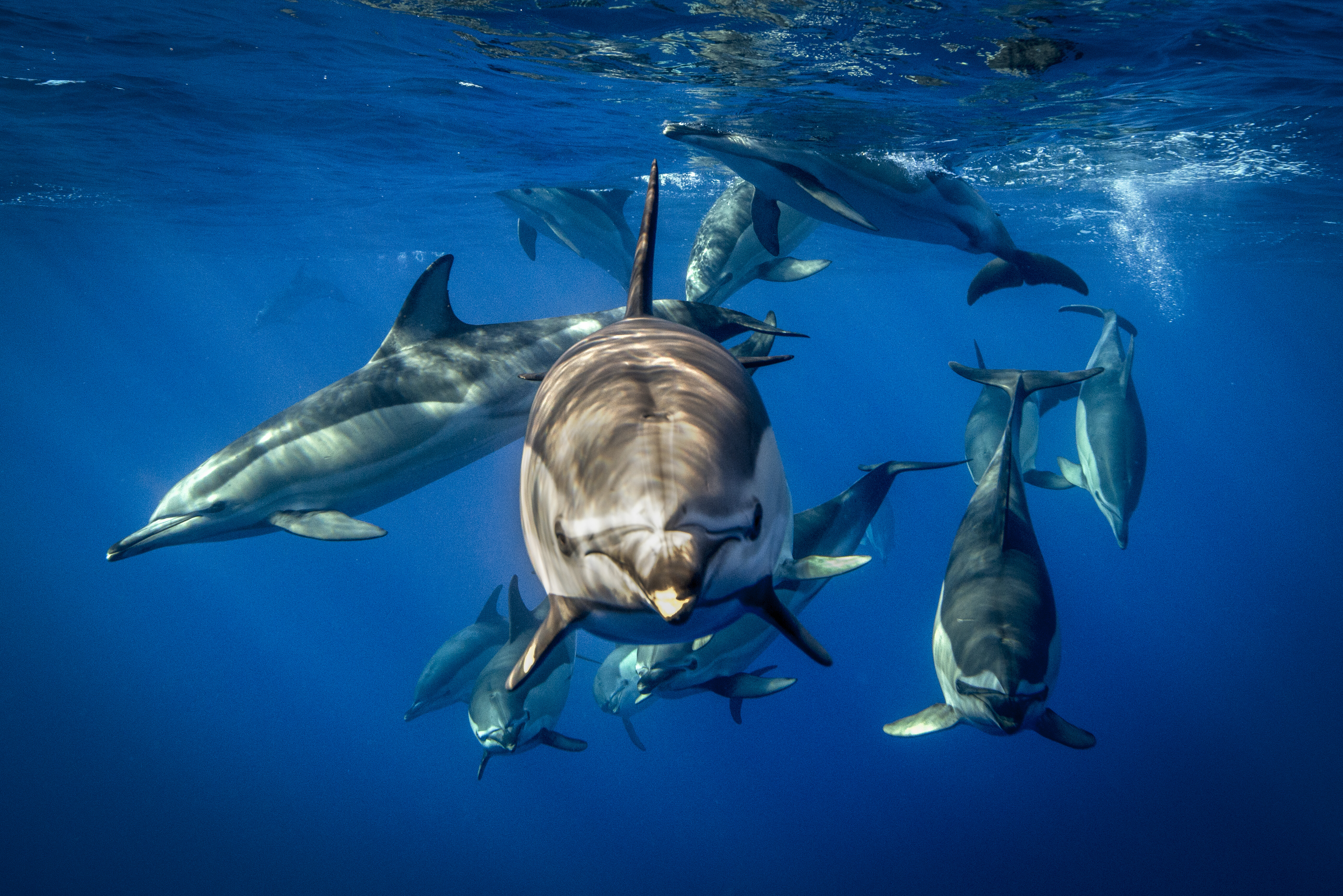
Dolphins live in complex social structures known as pods, which are akin to extended families. These pods can consist of a few individuals to over a hundred, and they exhibit sophisticated social behaviors. Within these groups, dolphins form strong bonds, often engaging in cooperative hunting and caregiving. This social complexity is indicative of advanced cognitive abilities, as maintaining such relationships requires memory, communication, and empathy. Dolphins have been observed to mourn the loss of pod members, a behavior that suggests a depth of emotional intelligence. The intricate dynamics of dolphin societies are a testament to their intelligence, with roles and hierarchies that can shift depending on the situation. This adaptability showcases their ability to process social cues and respond accordingly, a trait shared with humans and other intelligent species. By understanding their social structures, we gain insight into the cognitive capabilities that allow dolphins to thrive in the ocean's vast and often unpredictable environment.
2. Communication: The Language of the Sea
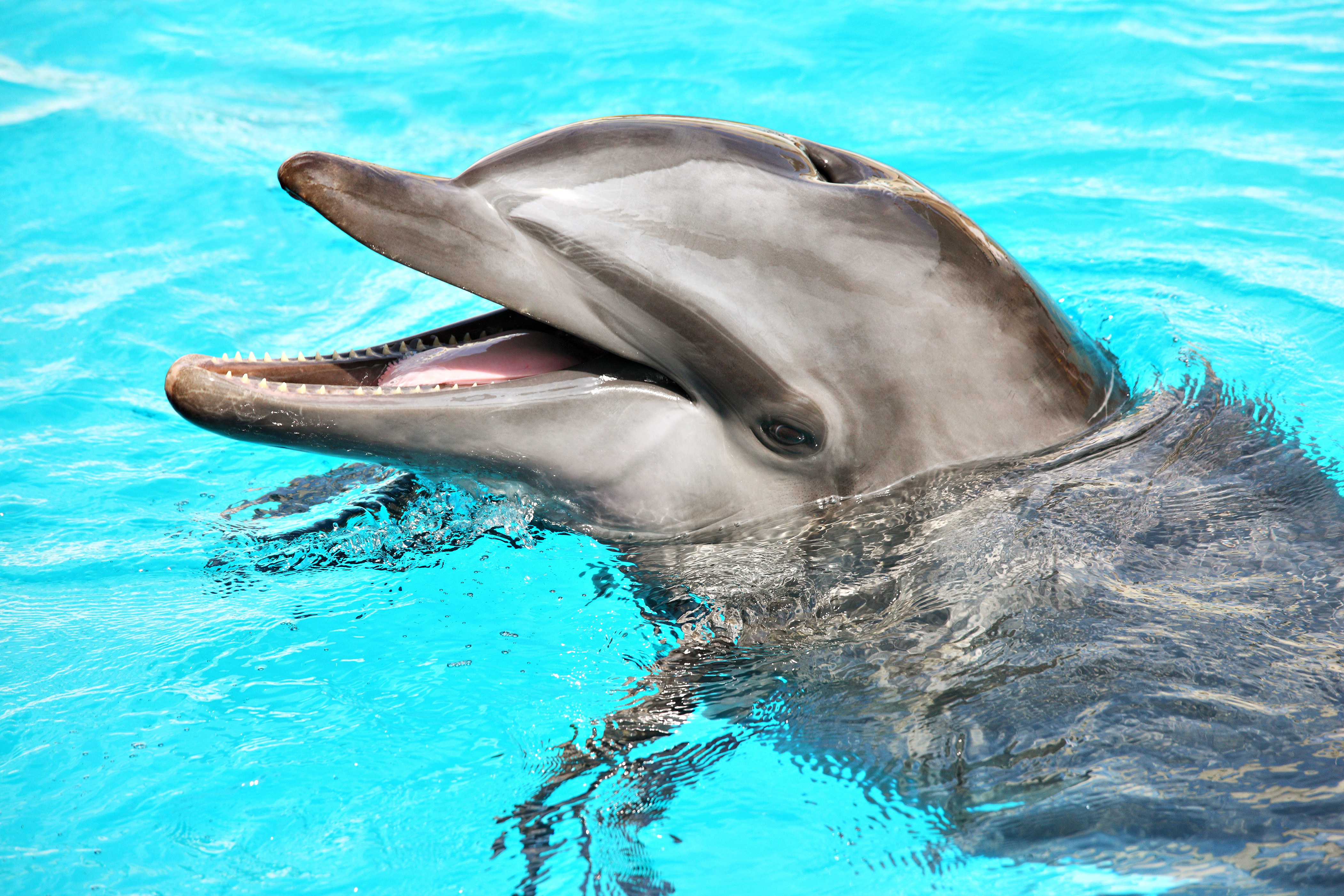
Dolphins are renowned for their complex communication systems, which include a variety of clicks, whistles, and body movements. Each sound serves a specific purpose, from echolocation for navigation to social bonding and signaling distress. Researchers have discovered that dolphins can convey detailed information through their vocalizations, suggesting a form of language. They can identify individual dolphins by unique signature whistles, akin to names, and use this to maintain contact with pod members over long distances. This level of communication requires advanced auditory processing and memory, highlighting their cognitive sophistication. Moreover, dolphins have demonstrated the ability to learn and mimic human-created sounds, further showcasing their adaptability and learning capacity. The study of dolphin communication not only enhances our understanding of their intelligence but also offers insights into the evolution of language and communication in the animal kingdom. As we continue to decipher their vocalizations, we uncover the rich tapestry of social interaction that defines dolphin life.
3. Problem Solving: The Ingenious Minds of Dolphins

Dolphins have demonstrated remarkable problem-solving abilities, often rivaling those of primates. In the wild, they employ innovative strategies to hunt and capture prey, such as using tools or working in groups to corral fish. These behaviors require a level of foresight and planning, indicative of complex cognitive processes. Dolphins in captivity have also shown an ability to solve puzzles and perform tasks that require understanding of cause and effect. Their capacity for abstract thinking allows them to manipulate their environment in ways that ensure survival and success. This ingenuity is not limited to survival but extends to play, where dolphins engage in activities that test their cognitive limits and foster learning. The ability to solve problems creatively is a hallmark of intelligence, and dolphins excel in this area. By studying their problem-solving skills, researchers gain valuable insights into the cognitive evolution of marine mammals and the parallels between dolphin and human intelligence.
4. Emotional Intelligence: The Sentient Side of Dolphins

Dolphins exhibit a range of emotions that suggest a high degree of emotional intelligence. They form deep bonds with each other, displaying behaviors that indicate empathy and compassion. Instances of dolphins assisting injured or sick pod members highlight their capacity for altruism, a trait once thought to be uniquely human. Dolphins also display playfulness and curiosity, engaging in games and exploring their surroundings with a sense of wonder. These behaviors are not merely instinctual but are reflective of a rich emotional life. Dolphins have been observed to grieve, showing signs of distress when a pod member dies, which underscores their ability to experience complex emotions. Understanding the emotional intelligence of dolphins provides a window into their inner lives, revealing the depth of their sentience and the parallels with human emotional experiences. This emotional complexity is a key component of their intelligence, influencing their social interactions and overall well-being.
5. Tool Use: Dolphins as Marine Innovators
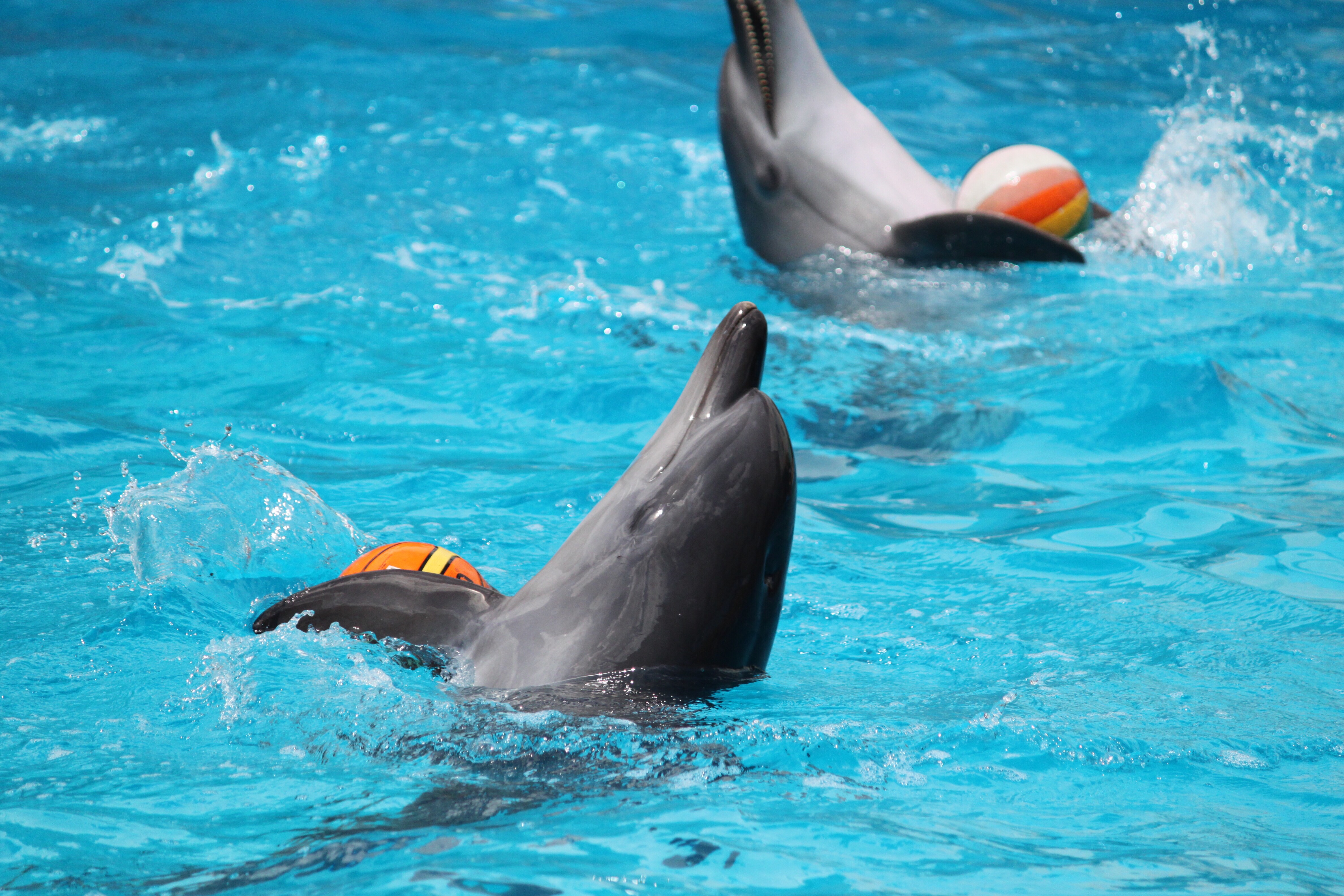
Tool use in animals is often seen as a marker of intelligence, and dolphins are no exception. Some dolphin populations have been observed using marine sponges to protect their snouts while foraging on the seafloor, a behavior that requires foresight and innovation. This tool use is a learned behavior, passed down through generations, highlighting the cultural transmission of knowledge. Such practices demonstrate not only cognitive sophistication but also the ability to adapt to environmental challenges. Dolphins' use of tools reflects their problem-solving skills and capacity for learning, traits that are hallmarks of intelligent beings. The study of dolphin tool use offers insights into the evolution of technology and innovation in the animal kingdom. By examining these behaviors, researchers can draw parallels between human and dolphin ingenuity, shedding light on the cognitive processes that drive tool use and adaptation in diverse environments.
6. Self-Awareness: The Mirror Test and Beyond
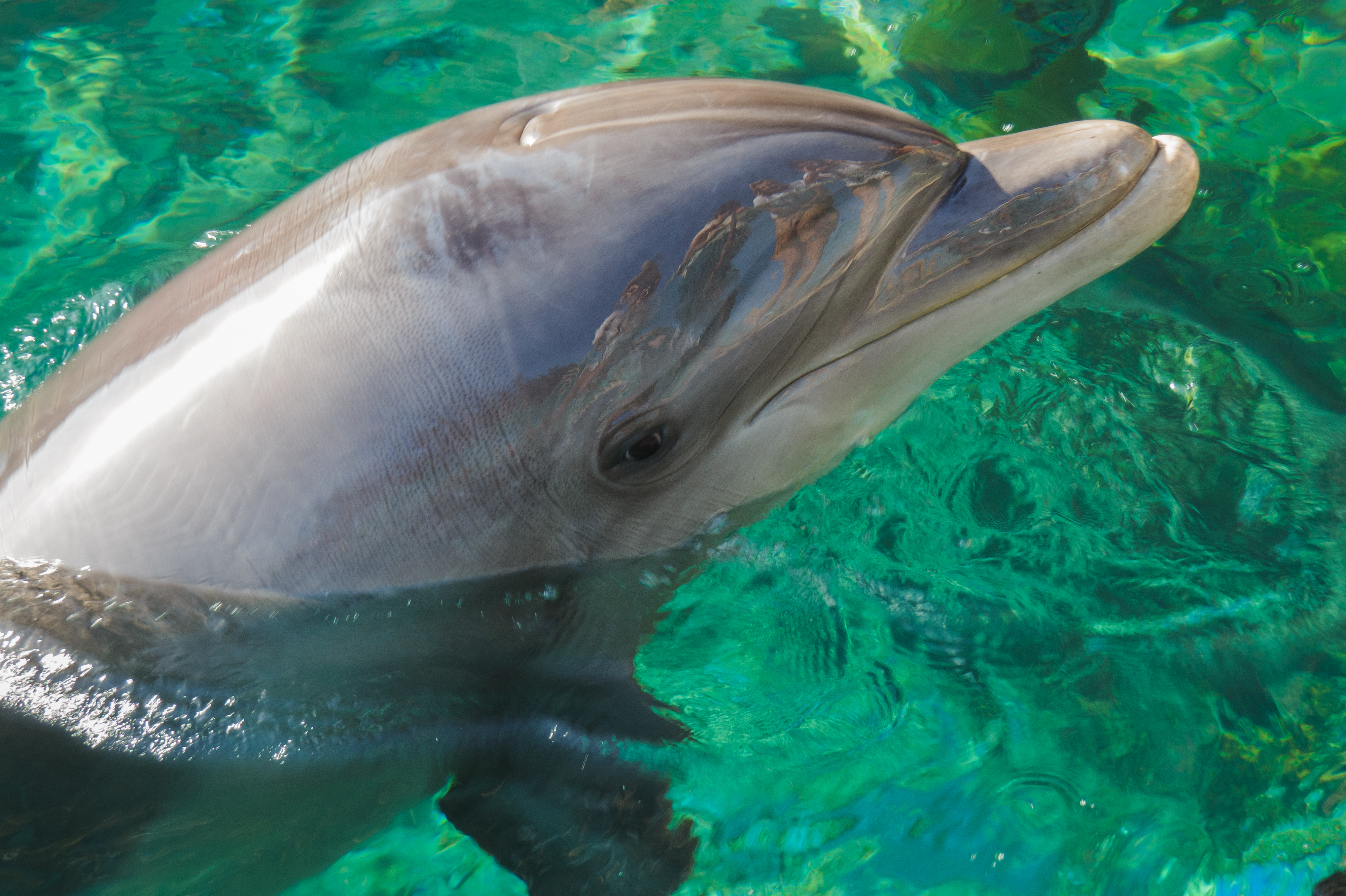
Self-awareness is a cornerstone of intelligence, and dolphins have demonstrated this trait through their ability to recognize themselves in mirrors. This capability, known as mirror self-recognition, is rare in the animal kingdom and suggests a level of consciousness akin to that of humans and great apes. Dolphins have been observed examining themselves in mirrors, using them to explore parts of their bodies they cannot see otherwise. This behavior indicates an understanding of the self as distinct from others, a cognitive milestone that underpins empathy and social interaction. Beyond the mirror test, dolphins exhibit behaviors that suggest a complex understanding of their own identities and roles within their social groups. Self-awareness in dolphins provides a fascinating glimpse into the evolution of consciousness and the cognitive capabilities that define intelligent life. By studying their self-awareness, we gain insights into the nature of consciousness and the shared traits that connect humans with other intelligent species.
7. Cultural Transmission: Passing Down Knowledge
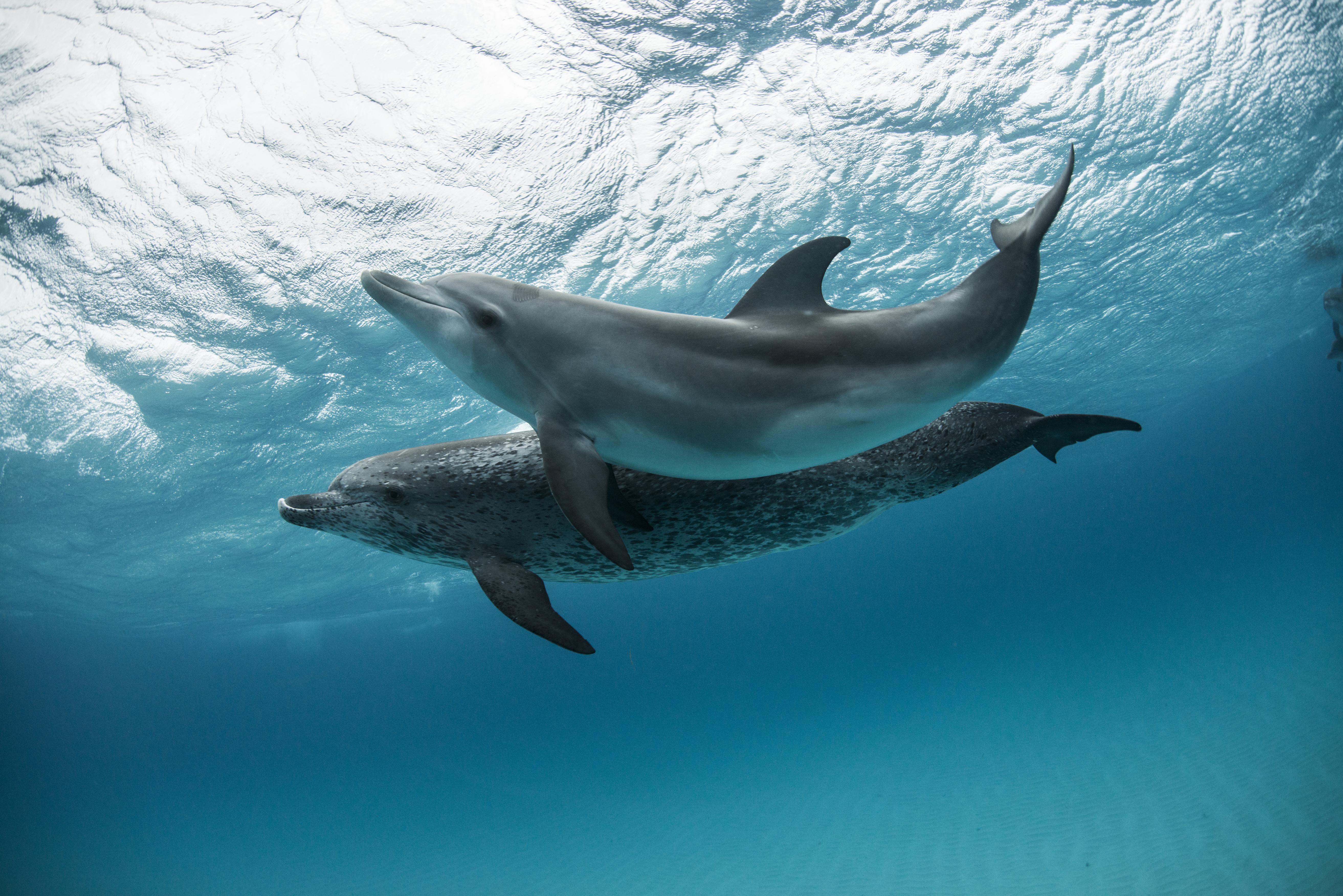
Dolphins exhibit cultural transmission, the passing of knowledge and behaviors from one generation to the next. This phenomenon is particularly evident in their use of tools and hunting strategies, which vary among different dolphin populations. Such cultural diversity suggests an ability to learn from experience and adapt to changing environments. Dolphins teach their young through observation and imitation, a process that requires advanced cognitive skills and social learning. The presence of culture in dolphin societies challenges traditional notions of animal intelligence, highlighting the complexity of their social structures and the depth of their cognitive abilities. By examining cultural transmission in dolphins, researchers can explore the parallels between human and animal cultures, shedding light on the evolutionary origins of learning and innovation. This cultural diversity not only enriches our understanding of dolphin intelligence but also underscores the importance of preserving their habitats to ensure the continuation of these unique cultural practices.
8. Play and Creativity: The Joyful Side of Intelligence
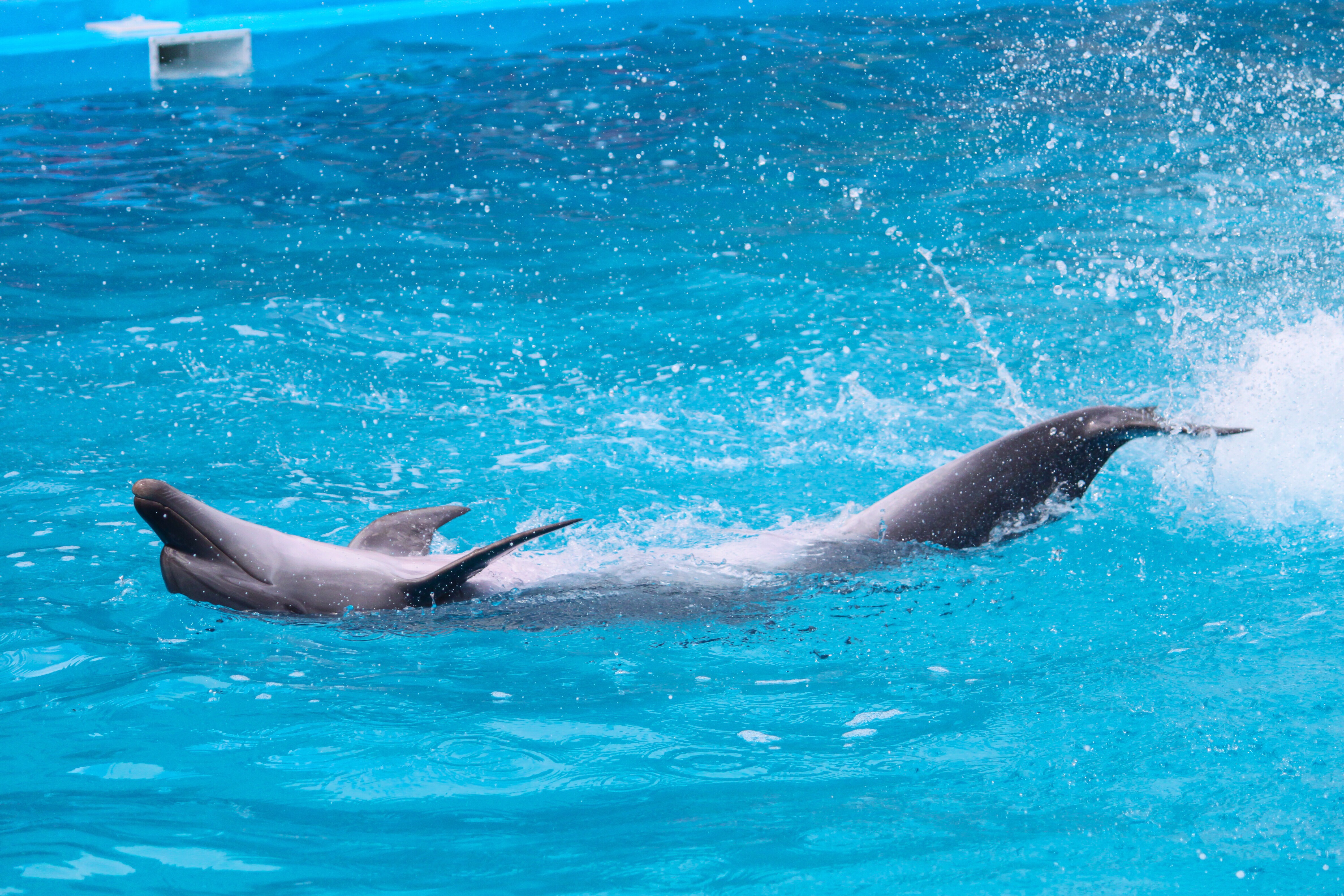
Play is a vital component of dolphin life, serving as a means of learning and social interaction. Dolphins engage in a variety of playful activities, from surfing waves to playing with objects, which stimulate their cognitive development and foster creativity. Play behaviors in dolphins are not merely for entertainment; they enhance problem-solving skills, social bonds, and adaptability. The creativity exhibited during play reflects their ability to think outside the box and explore new possibilities, traits that are indicative of high intelligence. Dolphins' playful nature also reveals their capacity for joy and curiosity, emotions that drive exploration and learning. By studying play in dolphins, researchers gain insights into the cognitive and emotional benefits of play, both in animals and humans. This playful intelligence highlights the importance of creativity and exploration in cognitive development, offering valuable lessons for understanding the role of play in the evolution of intelligence.
9. Echolocation: Navigating the Ocean's Depths

Echolocation is a remarkable ability that allows dolphins to navigate and hunt in the ocean's depths with precision. By emitting clicks and listening to the returning echoes, dolphins can determine the size, shape, and distance of objects, even in complete darkness. This sophisticated biological sonar system requires advanced auditory processing and spatial awareness, underscoring the complexity of dolphin intelligence. Echolocation not only aids in navigation but also plays a crucial role in social communication, allowing dolphins to maintain contact with pod members over vast distances. The study of echolocation provides insights into the sensory capabilities of dolphins and the cognitive processes that underpin this extraordinary skill. By understanding how dolphins use echolocation, researchers can explore the parallels between biological and technological sonar systems, as well as the evolutionary adaptations that enable dolphins to thrive in their aquatic environment. This exploration of echolocation highlights the intricate interplay between sensory perception and intelligence in the animal kingdom.
10. Conservation and the Future of Dolphin Intelligence
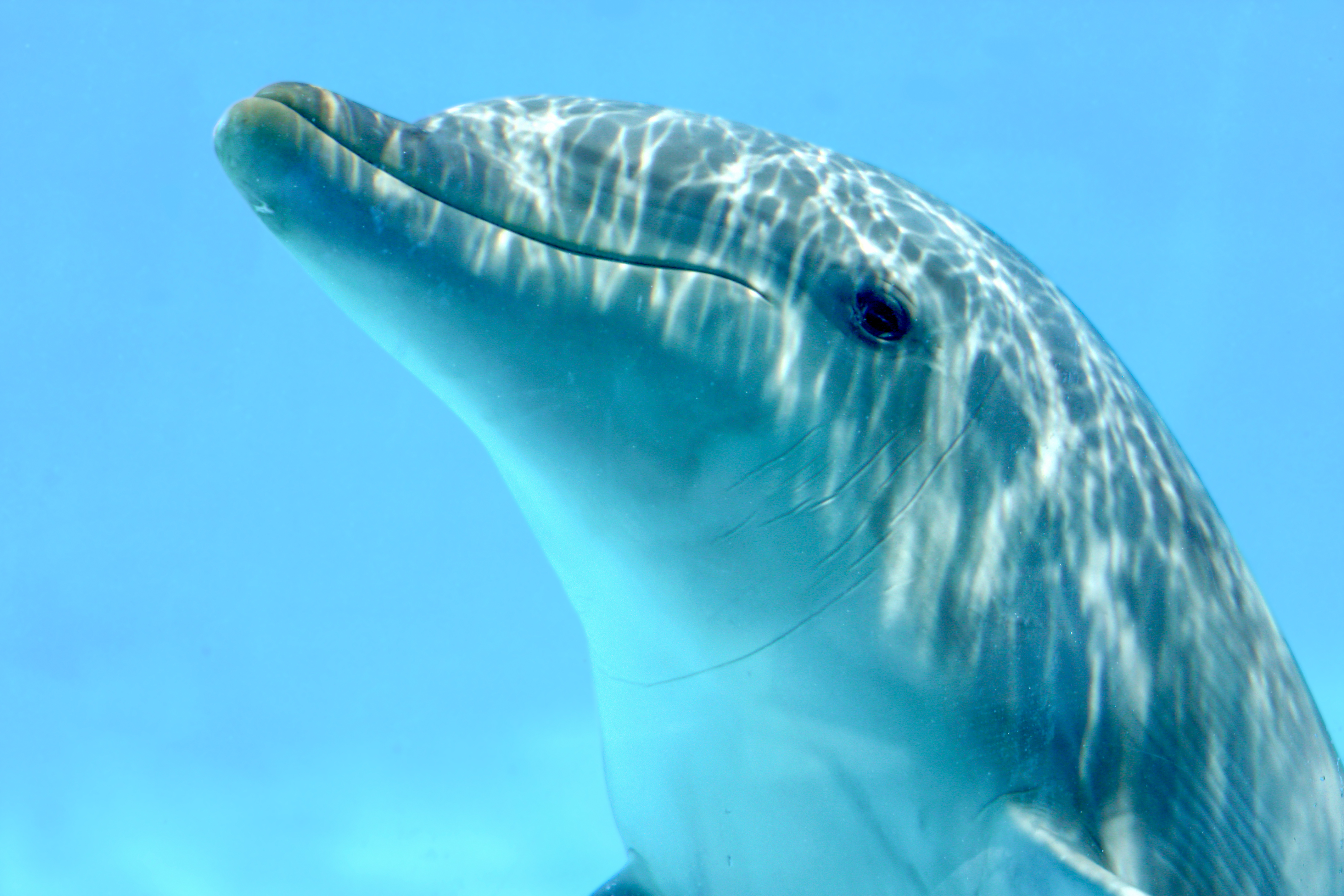
The intelligence and complex behaviors of dolphins make them vulnerable to a range of threats, from habitat destruction to pollution and climate change. Conservation efforts are crucial to preserving these remarkable creatures and the ecosystems they inhabit. Understanding dolphin intelligence enhances our appreciation of their ecological importance and the need to protect their habitats. Conservation initiatives often involve collaboration between scientists, governments, and local communities to address the challenges facing dolphin populations. By promoting sustainable practices and raising awareness about the threats to dolphins, we can ensure the survival of these intelligent beings for future generations. The study of dolphin intelligence also underscores the ethical considerations of human interactions with dolphins, from captivity to research practices. By advocating for the protection of dolphins and their environments, we contribute to the preservation of their rich cultural and cognitive heritage, ensuring that the mysteries of dolphin intelligence continue to inspire and captivate us.
The Endless Ocean of Discovery
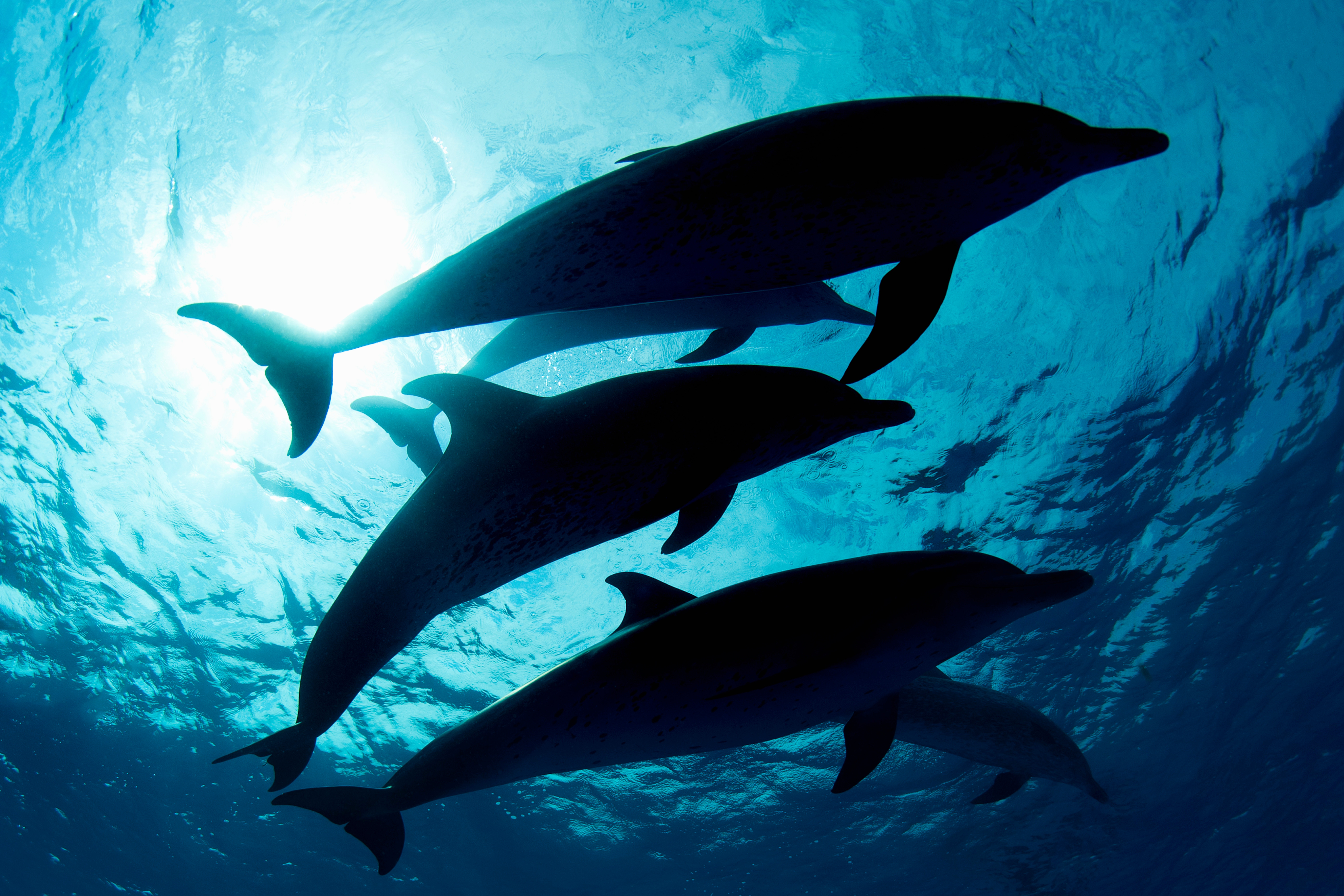
As we conclude our exploration of dolphin intelligence, it becomes clear that these marine mammals possess a depth of cognitive and emotional complexity that rivals many terrestrial animals. From their intricate social structures and communication systems to their problem-solving skills and cultural transmission, dolphins continue to challenge our understanding of intelligence in the animal kingdom. The insights gained from studying dolphin intelligence not only enrich our knowledge of these fascinating creatures but also offer valuable lessons about the nature of intelligence, empathy, and consciousness. As we continue to dive into the mysterious world of dolphins, we are reminded of the vast ocean of discovery that lies ahead. By appreciating and protecting these intelligent beings, we ensure that their secrets continue to inspire and enlighten us, bridging the gap between our world and theirs in a shared journey of exploration and understanding.







